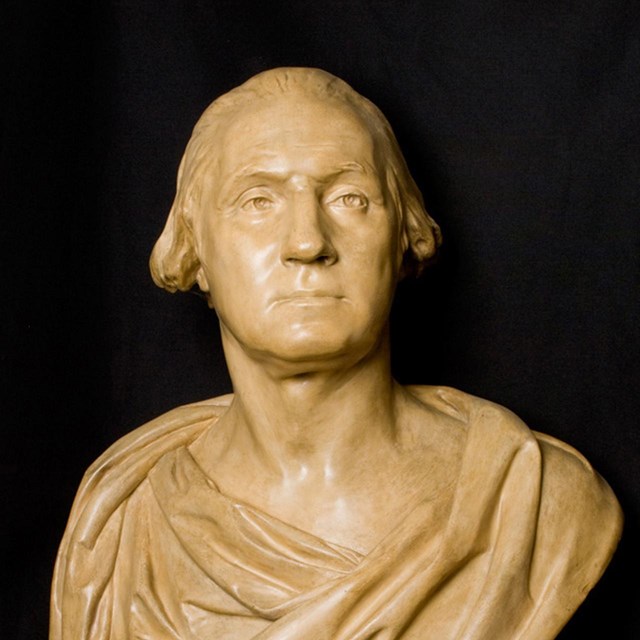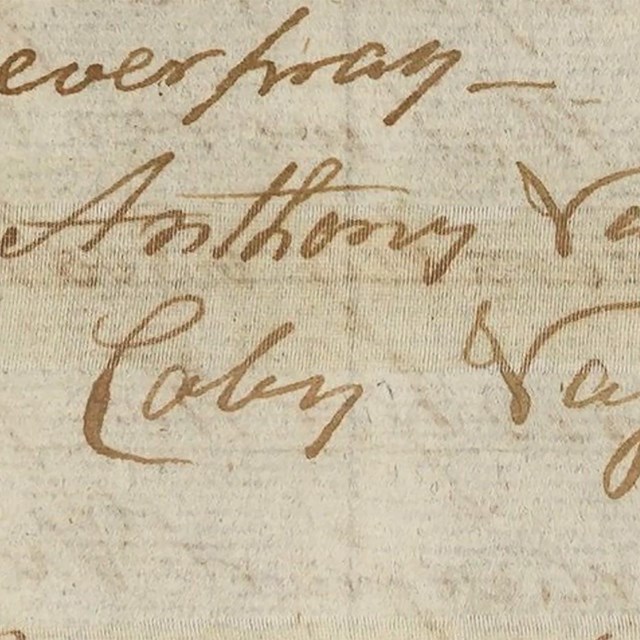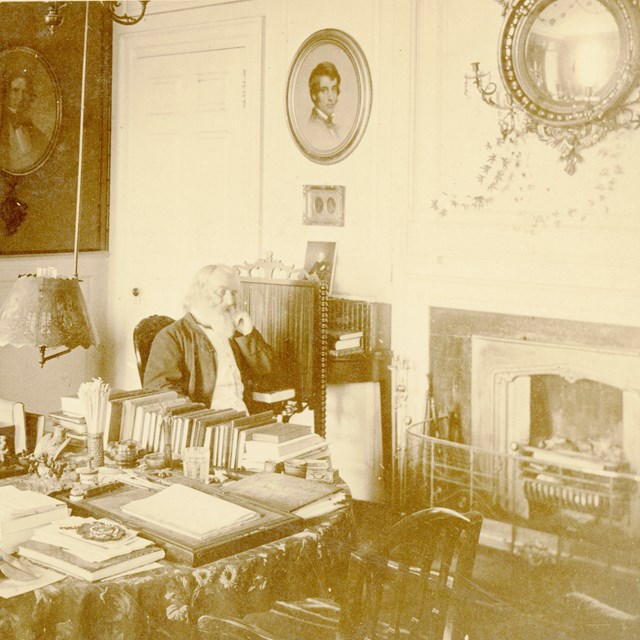|
Explore revolutionary-era stories of nation-building, leadership, and the contradictions at the heart of America’s founding. In July 1775, General George Washington arrived in Cambridge to lead the Continental Army. Established by the Second Continental Congress in the wake of the Battles of Lexington and Concord, the Continental Army brought the individual state militias into a new national force. The grand Georgian mansion along Brattle Street vacated by the Vassall family before the Revolutionary War became General Washington’s first long-term headquarters of the war. From his Cambridge headquarters, he directed the successful outcome of the Siege of Boston, ultimately forcing British troops to evacuate the city in March 1776. Washington’s time in Cambridge was a defining period in his rise to national prominence, marked by both decisive action and personal contradictions. Before he became the "father of his country," he was a lifelong enslaver, a Virginia delegate to the Second Continental Congress, and an uncertain military leader. These experiences shaped his leadership and reveal the complex legacy of an enslaver who was also "the asserter of liberty.” After the Revolutionary War, the Vassall house was declared abandoned and passed through several owners, including privateer Nathaniel Tracy, merchant Thomas Russell, and former Apothecary General Andrew Craigie.
Visit our keyboard shortcuts docs for details
Ranger Anna discusses George Washington's development as a leader at his Cambridge Headquarters in 1775-1776, as well as his shifting views on race, slavery, and freedom.
Explore Other Eras
|
Last updated: September 25, 2025






